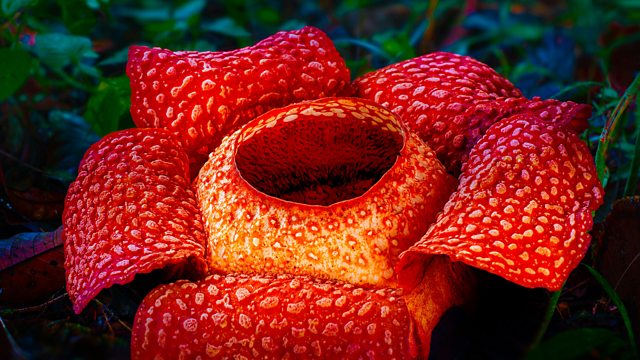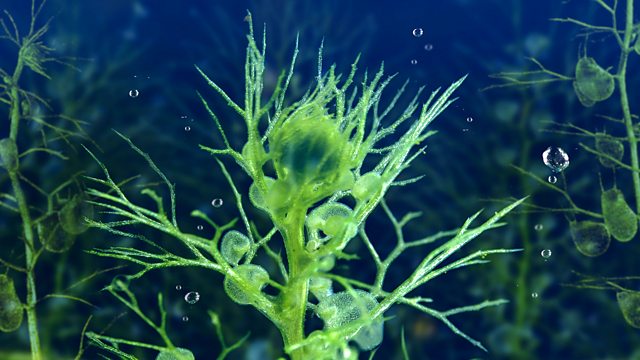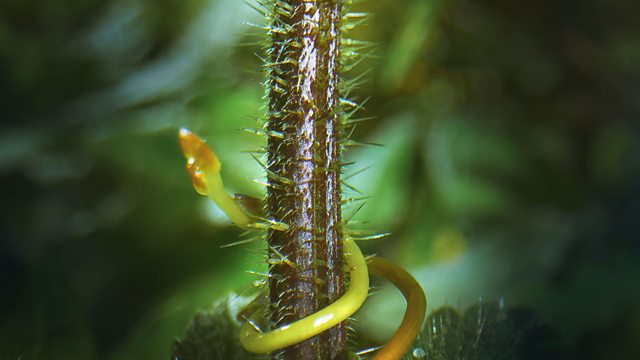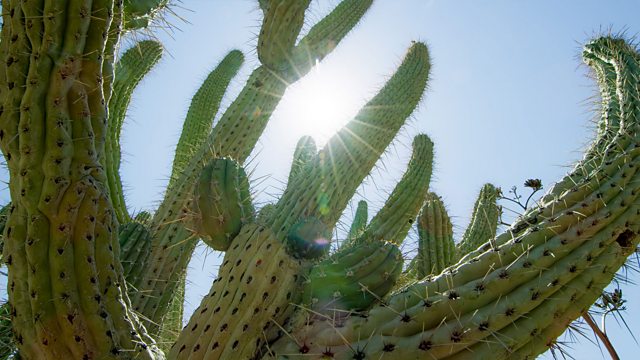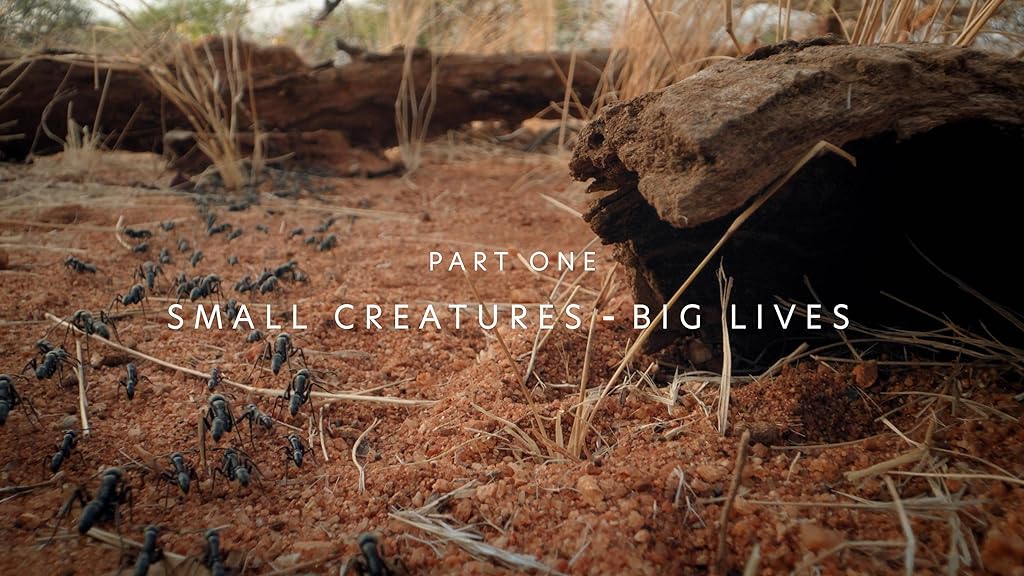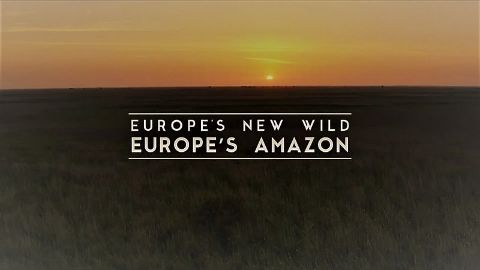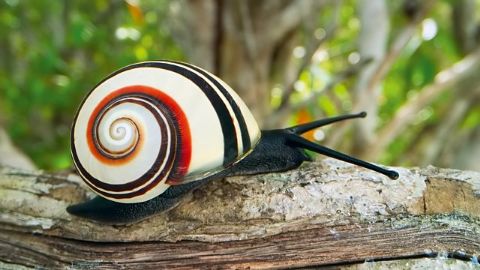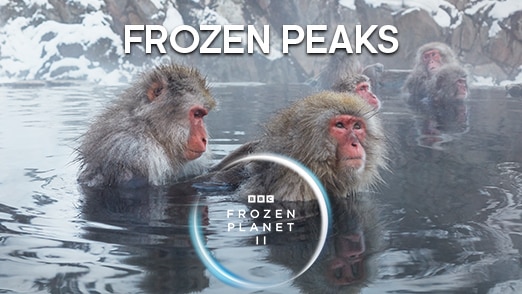The Green Planet • 2022 • 5 episodes •
More kinds of plants are crammed together in the tropical rainforests than anywhere else on Earth. The result is astonishing beauty and intense competition - a plant battleground. New filming techniques allow us to enter the plants’ world and see it from their perspective and on their timescale. From fast-growing trees to flowers that mimic dead animals, this is a journey into a magical world that operates on a different timescale to our own.
2022 • Nature
Water plants create beautiful, bizarre worlds. Flowers smother rivers and lakes. Plants fight and hunt. A river bubbles like champagne as plants create the atmosphere itself.
2022 • Nature
Plants of the seasonal world face constant change. They use use strategy, deception and feats of engineering to survive. Most importantly, they must get their timing right.
2022 • Nature
Desert plants spend decades in suspended animation waiting for rain, or they travel to find it. They survive using weapons, camouflage and surprising alliances with animals.
2022 • Nature
Two out of five wild plants are threatened with extinction. Today people are finding remarkable ways to help them, and so make our world a little greener and a little wilder.
2022 • Nature
